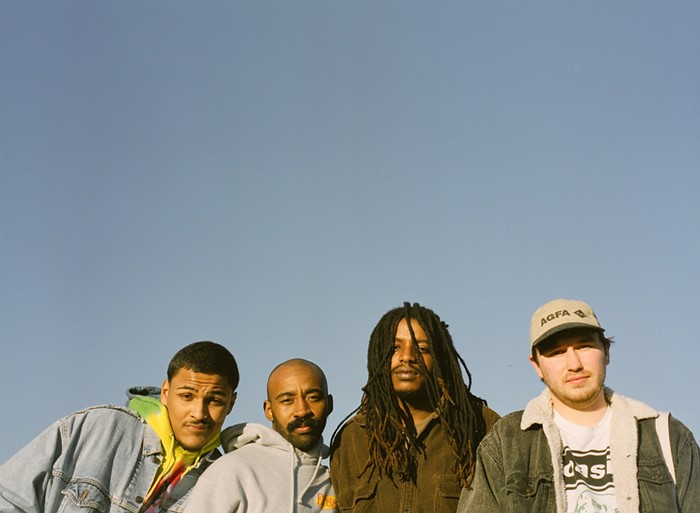
Every death is the end of the whole world. When you die, everything else dies. There is no end that is not essentially an apocalypse. Even an old woman slowly expiring on a bed beside a small window with a view a lake and autumn clouds is like an asteroid tearing through space toward the planet with a slim layer (as slim as the skin of an apple) of life. We are in the world and are all of the world at once.
In general, the moment of personal annihilation, which is always the end of the universe, is imagined in two ways: one, as the beginning of the afterlife; two, as the beginning of nothingness. But the former is not really the beginning of anything. If death is nothingness, then a life that has expired never was. Only the living know what death is. Those who are buried or cremated do not not only know they are dead, but also don’t know they were ever alive. When one dies, the nothingness before birth fuses with the nothingness after passing to form one complete and permanent nothingness. ("The cradle rocks above an abyss, and common sense tells us that our existence is but a brief crack of light between two eternities of darkness.")
But what if, for a moment after death, we float about the air like a shimmering bubble of consciousness. We do not doubt the nonexistence of an eternal afterlife, but what if there’s a brief afterlife? Imagine that the biological and energy-intensive processes (the movement of the blood, the burning of food, the breathing of air, the building and breaking of ATP) that generate the states of mind suddenly stops — but, for reasons that are not supernatural but chemical or bioenergetic, the mind doesn’t go down with the body but instead slips out of the bones and flesh and now finds itself being blown this way and that by whatever breezes happen to be around. Imagine this is what happens between life and death, a bubble of fading consciousness.
But imagine this shimmering breeze-blown bubble of consciousness not only has an afterimage of memories once contained in the soft and fatty circuits of the brain (which has, by the way, the consistency of butter at room temperature) but also the state of the senses (olfactory, visual, cutaneous, auditory) near to or exactly at the moment of detachment. Now further imagine that a piece of music you were listening to at the moment of your body’s destruction doesn’t stop but reverberates through the fading flickers and flashes of this floating consciousness. If we can imagine this happening in the twilight zone between life and death, then we can recognize the importance of spending the last moments of life listening to a beloved tune.
For me, such a tune would be Grace Jones’ "Slave to the Rhythm." As my consciousness rises on a sudden swell of sun-heated air (I imagine the world, my world, ending on a sunny day), as my body begins its long journey back to rock, as I remember the life that I’m leaving once and for all, I would want to hear this tune not only for the formidable go-go beat, the bold French horns (like bright and towering clouds on the horizon), the big sound of Trevor Horn’s masterful production, the eternally catchy riffs of J.J. Belle’s rhythm guitar, and Jones’s commanding voice (we must, she commands, accept the basic fact of life, accept that it has no direction, no meaning—it is only about the rhythms of work, of biology, the emotions, the solar system), but to hear these words echoed over and over as my mind and memories fade in the brightening air: "Don’t cry, it’s only the rhythm.”



















